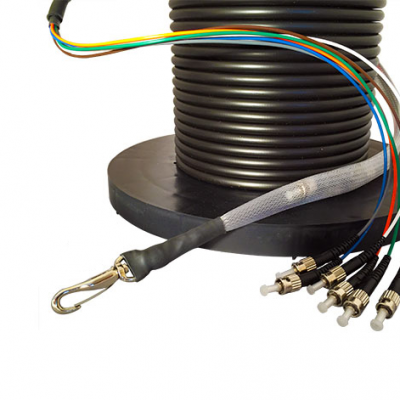5GE vs. 5G
With the term 5GE floating around at a time when 5G is still emerging, it’s more important than ever to understand what it actually means and how the two are different.5GE stands for 5G Evolution. It’s a label AT&T puts on some of its phones that simply means that it’s connected to their 5G Evolution network. If you have one device that says 5G at the top and another one next to it that says 5GE, the two are not connected to the same network, even if they’re in the same location and are both using AT&T’s network.
5GE vs. 5G
5G Evolution might sound like a form of 5G, maybe even an enhancement of it. But the reality is that it’s simply a name used by AT&T to describe 4G LTE-A.
AT&T began using this term in late 2018. With 5G talks heating up around that time, giving their users the feeling that they were on a brand new 5G network would set them apart from other companies like Verizon and T-Mobile. But all this really did was confuse people into thinking they were somehow upgraded to the new network without getting a 5G phone, without making changes to their account, and without paying for the new service.
The kicker is that other providers have an upgraded form of 4G LTE as well, called LTE Advanced (LTE-A or LTE+). So, what we end up with could be considered a marketing ploy. AT&T wants their network to appear to be better than the one offered by other companies even if they’re no different.
That said, in 2019, an AT&T executive explained that one of the reasons the 5GE icon is used is to “let the customer know that they are in an enhanced experience market or area”, and that “the moment the 5G software and the 5G devices show up, it’s a software upgrade to our network to enable our customers to move to 5G.“
These days, AT&T does have a true 5G network, but despite agreeing to stop advertising 5GE, some people might still see the 5GE icon if they’re on the 4G LTE Advanced network.
According to AT&T, 5GE is “the foundation and the launchpad for 5G.” So, that right there is enough to explain that it’s not true 5G. It’s the company’s way of bridging the gap between slower 4G and faster 5G. The confusion simply lies in the naming.
Speed: 5G Is Much Faster
- 30 Mbps avg download speeds.
- 1 Gbps peak download speeds.
- Less than 5 ms latency.
- Up to 500 Mbps download speeds.
- 20 Gbps peak download speeds.
- Less than 1 ms latency.
So what does 5G have that 5GE doesn’t? One of the main drivers behind 5G, and the primary reason most people are interested in an upgraded mobile network, is enhanced speed.
According to tests from Opensignal, common 4G speeds fall within the 20-30 Mbps range. In their June 2020 5G User Experience report, you can see that real-world download speeds on various 5G networks far outperform 5GE, ranging anywhere from 50 Mbps to nearly 500 Mbps.
From your standpoint, quicker speeds on 5G mean that you’ll experience faster web browsing and downloads, and live streams will be smoother.
Compatibility & Availability: 5GE Already Works for Most People
5GE
- Most likely works with your existing phone.
- Readily available in more areas.
- Only brand-new devices support 5G.
- Service is confined to select cities.
Another tangible difference between 5G and 5GE is the device itself. Different hardware is necessary for one to be 5G-compatible. This means that even if a device is in range of a 5G network, if it’s not an actual 5G phone, it can’t be used to get 5G-level benefits (like faster speeds) even if it says 5GE at the top.
Whether you’re using 5G or 5GE, you need a phone that works with that type of network. However, if it supports 5GE, it doesn’t necessarily mean that it also works with their 5G network. You can check out AT&T’s 5G phones for that list.
When it comes to availability, 5G is still in its infancy. While they are lots of areas that 5G networks are popping up in, very few people have access when you compare it to 4G which has been around several years longer.
Final Verdict: 5G Is What You’re After, But Good Luck Finding It
5G is ultimately where we’re all headed, but since it’s not everywhere just yet and it costs more out of pocket to get a new phone to support it, 5GE is where most people are forced to sit for the time being.
The truth is that you’re more likely to find 5GE-level service since it’s just 4G LTE+, which many parts of the world have had for quite some time. 5G is still being deployed in most countries and so isn’t quite ready for prime time for most people.
Despite 5GE underperforming when compared to 5G, it’s not without its benefits. AT&T’s 5GE devices do perform better than their own lower-end phones, so a phone that supports 5GE should get you better speeds than one that only works on older LTE networks, but neither will get you up to the performance of 5G.
However, 4G LTE devices from other companies achieve similar results, if not slightly better results than AT&T’s 5GE devices. So while 5GE isn’t quite as good as 5G in terms of speed, 4G service from all major carriers are basically the same even though AT&T uses the term 5GE.
Source: lifewire
Related products...
fiber-optic-cable
fiber-optic-cable
fiber-optic-cable
















[ratings]